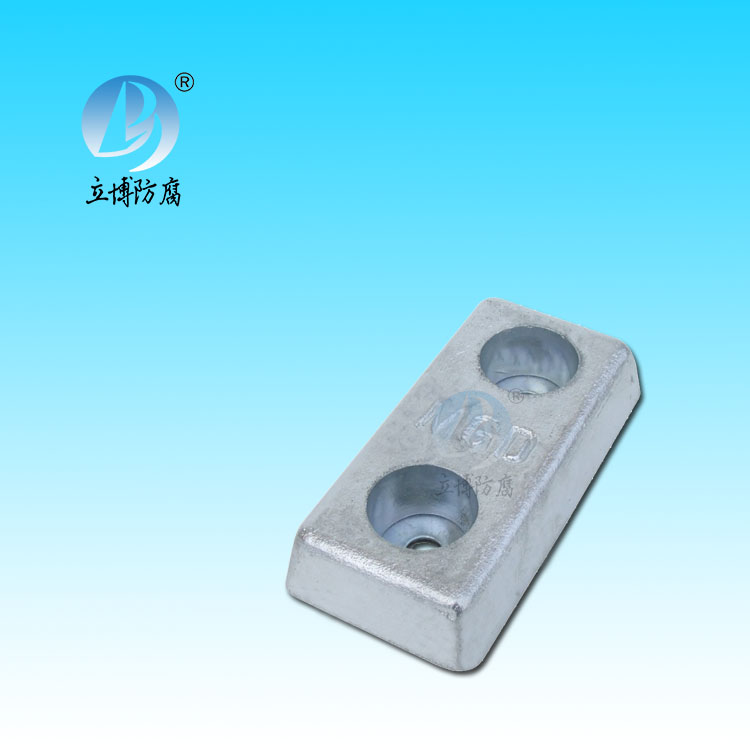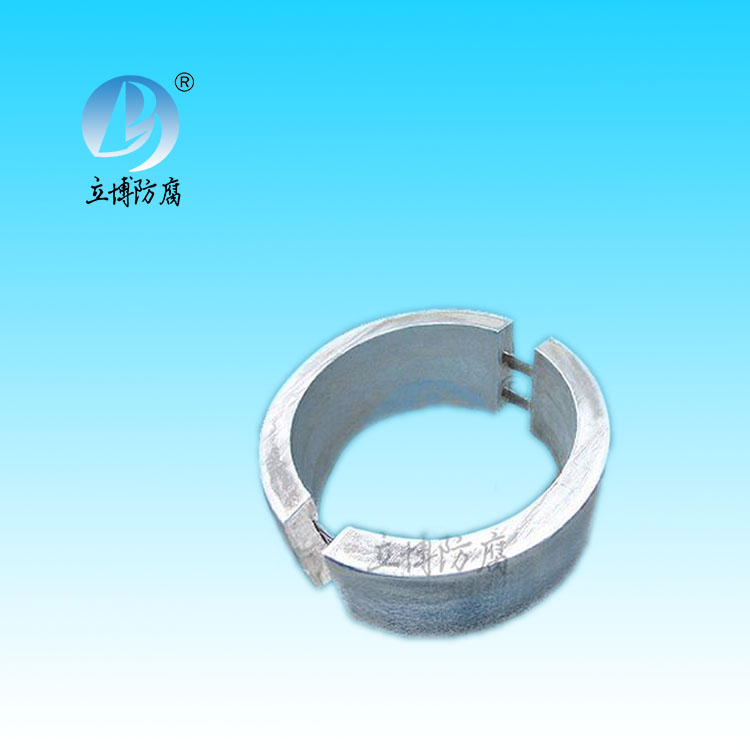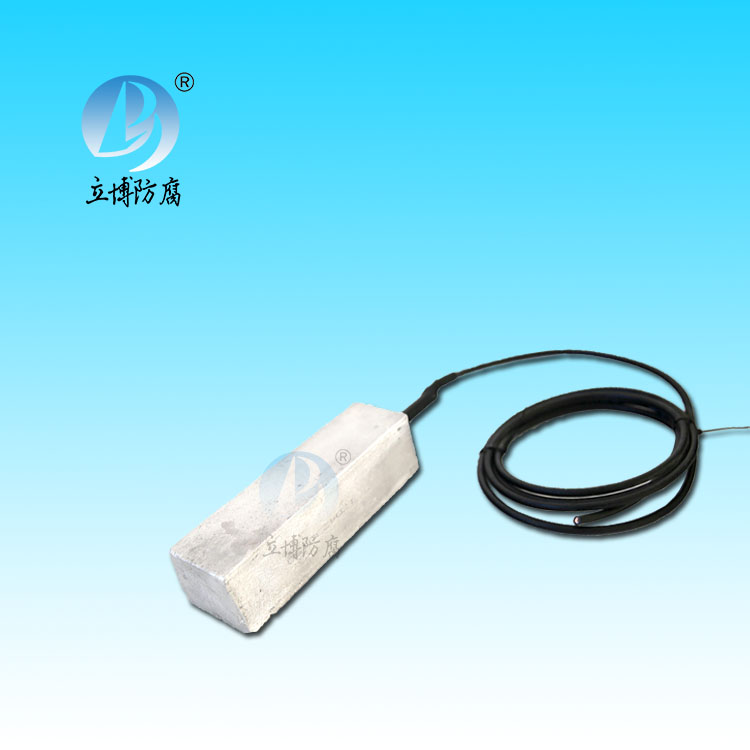News
News
- What is a sacrificial anode
- Basic requirements for reference...
- What does the reference electrode do...
- Why are zinc blocks attached to the ...
- What is the principle of impressed...
- What material does metal structure...
Contact
Phone:18739187123
hotline:0391-7588881
E-mail:970512272@qq.com
Address:Wuzhi County, Jiaozuo City, China
Company News
Properties of aluminum for anodizing treatment
- Author:Libo
- Source:wwww.hellobodies.com
- Date:2021-06-11
- Click:0
Pure aluminum is so soft that it is rarely used in engineering applications outside of scientific laboratories.Virtually all commercial aluminum anodes are essentially alloyed aluminum, typically composed of magnesium, silicon, copper, iron, or other alloying elements. The actual application of aluminum alloy in addition to the chemical composition of different, but also has a variety of microstructure, so it has a variety of physical properties. The processing state of aluminum is divided into rolling state, extrusion state or cast state, mainly depending on the final use requirements. Not all aluminum alloys are suitable for anodizing and coloring. Most aluminum suppliers should be able to offer grades of aluminum alloys suitable for anodizing and various coloring treatments, some of which can be explicitly listed. Generally speaking, in the absence of information about the composition of the aluminum alloy, the aluminum alloy should not be hastily anodized.
Generally speaking, the aluminum alloy sheet suitable for electrolytic coloring is mainly 1100 and 5052, and the extrusion aluminum alloy profile is the most popular 6063.
Under certain anodizing conditions, the color of the anodized film formed can reflect the composition of the aluminum alloy used. The type of anodizing bath also affects the color of anodized film; for example, oxalic acid solution usually yields a yellow anodized film. Influence of various aluminum alloys and different bath liquid on anodic oxide film color. However, anodic oxidation of sulfuric acid alone is rarely used to obtain the color of the alloy surface.







 客服QQ
客服QQ